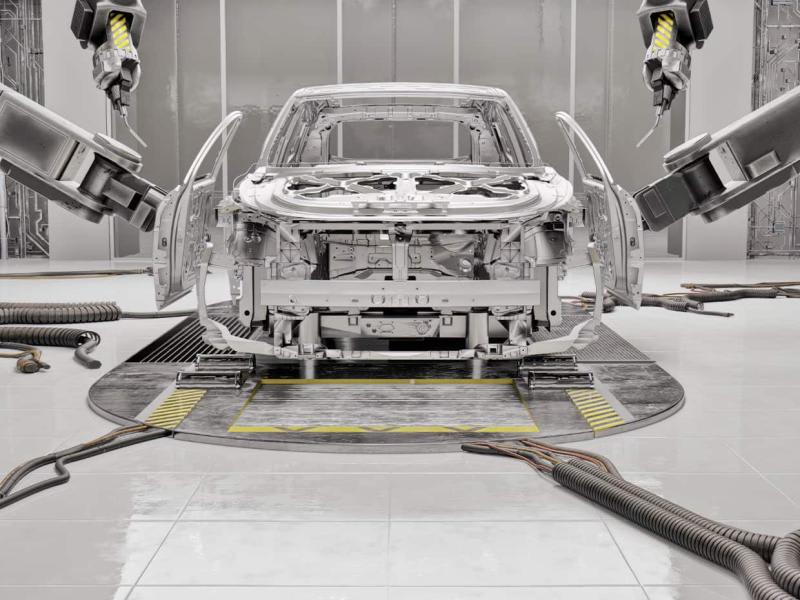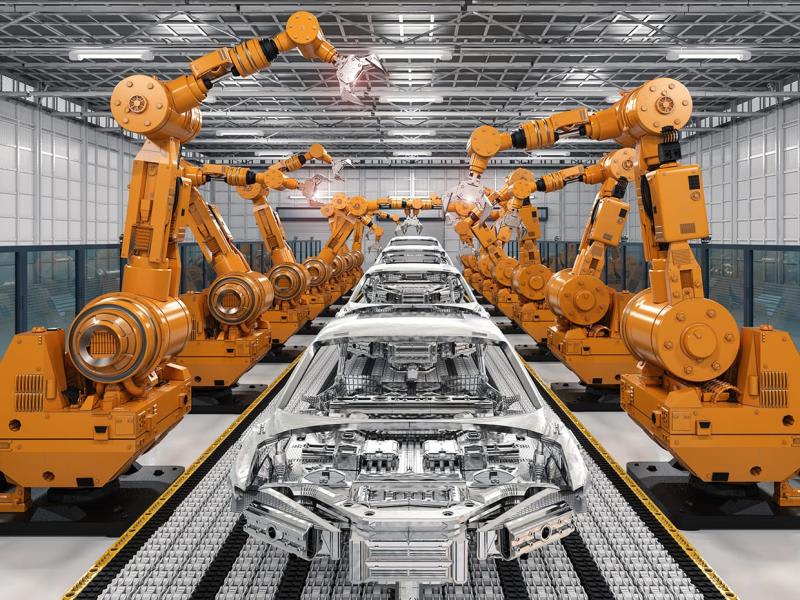In the automotive industry, the only thing that outpaces the rate of innovation is the public’s demand for it. What was once ground-breaking technology, becomes a standard issue feature seemingly overnight. Despite all of these advances, nothing is set to change the landscape of the industry more than connectivity.
We are now witnessing the fourth industrial revolution. The concept of the IOT (Internet of Things) has created a world where consumers are expecting all of our devices to be connected, and not even privacy or security concerns have managed to curb the public’s appetite for more.
The automotive industry will be front and centre for this trend. Modern vehicles are laden with consumer touchpoints and, therefore, present endless opportunities to innovate. So, let’s examine some of the ways that connectivity is re-routing the trajectory of the automotive industry.
Key drivers
From a product development perspective, manufacturers want to design products that their customers want. The adoption of industry 4.0 is effectively allowing entire ecosystems of devices to connect, communicate, diagnose, and problem solve. And even further behind the scenes, the manufacturers are able to receive data from these products to evaluate, allowing them to further improve the products and enhance the user experience.
Historically, product managers had to host focus groups and conduct research to learn what their customers wanted. With the increase in connectivity, the lead times of vehicle development can be shortened, due to the information that can be provided to the manufacturer after the delivery of a vehicle. The vehicle will continue sharing valuable data with manufacturers, who will then use that information to more accurately predict the products and features that will enhance the driving experience. In a sense, this means that the versions of the product that roll off production lines will have been shaped, in large part, by the end user. Tesla is a great example of this; Tesla owners are consistently sharing their feedback with the manufacturer who then deploys over-the-air updates to the vehicles.
New models
Autonomous vehicles are creating opportunities that automotive manufacturers have never had to consider before. Where there was once a driver who had to pay attention to the road, now you have a captive audience. How can vehicle designers tap into that market?
For instance, streaming services and network connectivity could turn these vehicles into extensions of the home or office. There’s even the potential for targeted advertising. If we know which route a vehicle is taking for example, the passengers could be served with advertising for local businesses throughout their journey. As technology continues to evolve, a whole host of new players may enter the automotive value chain. Automotive companies should continue to consider their strategy and assess whether there are partnerships with non-traditional automotive companies where they can create a unique experience for businesses and consumers.
The sheer amount of data being collected by cars on the road may also open up entirely new revenue streams. A customer with a fleet of connected commercial vehicles – say, a rental car company, a trucking company, or a civic public transportation department – would enable the manufacturer to commoditise the data collected from those vehicles. They can then sell this data back to their customer to help them manage their fleets, monitor diagnostics, chart driver behaviour, etc. As these business models develop, manufacturers will need to think about the new skill sets that are required to manage these processes. The growth of opportunities in this market will be exponential.
Could connectivity make for a bumpy ride?
Emerging technologies always raise new challenges and concerns, and we will face our share as Industry 4.0 sees more connected products brought to market. For example, chip shortages will ebb and flow, depending on the global business climate. And we’ve all seen how drastically that can alter the production process.
As with any connected technology, the conversation will inevitably turn to data privacy. The car’s computer will know exactly where you have been and when you went there. Vehicles will have cameras recording driver behaviour. The drivers or passengers of the vehicle may enter log-in information to other apps such as streaming services that may include a whole host of personal information. The car will be broadcasting the data to a computer thousands of miles away. The encryption and secure storage of these sensitive pieces of information is an important consideration for the manufacturers.
Changes in regulation will play a big part in the development of connected vehicles. Manufacturers will have to comply with stringent regulations in each jurisdiction. That may differ from region to region, so manufacturers will need to ensure that it has appropriate resources to deal with all those intricacies.
Then there’s the conversation around aftermarket services. It’s tough to predict what that landscape will look like. The traditional mechanic shop may get phased out because the skill sets required to maintain these vehicles may not align with what we have today. Manufacturers will also need to consider how they support the ecosystems of aftermarket service care. Do they introduce their own service subscription model? Will we see a rise in monopolies, or skill shortages, or intellectual property clashes? Will manufacturers open up and let others play in the sandbox?
The open road
When it comes to connected technology and vehicles, the sky’s the limit. We are in the exciting early days where everyone is trying to wrap their heads around the possibilities, and we’ve only just scratched the surface of what’s possible.
As technology continues to evolve, original equipment manufacturers (OEMs) and automotive suppliers will need to consider the skillsets required for the development of connected vehicles. These companies will need to consider partnerships with companies that may not have been part of the traditional automotive supply chain in order to stay ahead of its competition. This will also allow the OEMs and automotive suppliers to quickly add relevant skillsets and speed up its product development cycle.
We may be witnessing the next great evolution of the automotive industry. Not only will the vehicles themselves be drastically different, the companies involved in the automotive industry and the entire automotive value chain may be completely unrecognisable. For all the challenges the industry will face, one thing is for sure: it’s going to be fun to watch.







